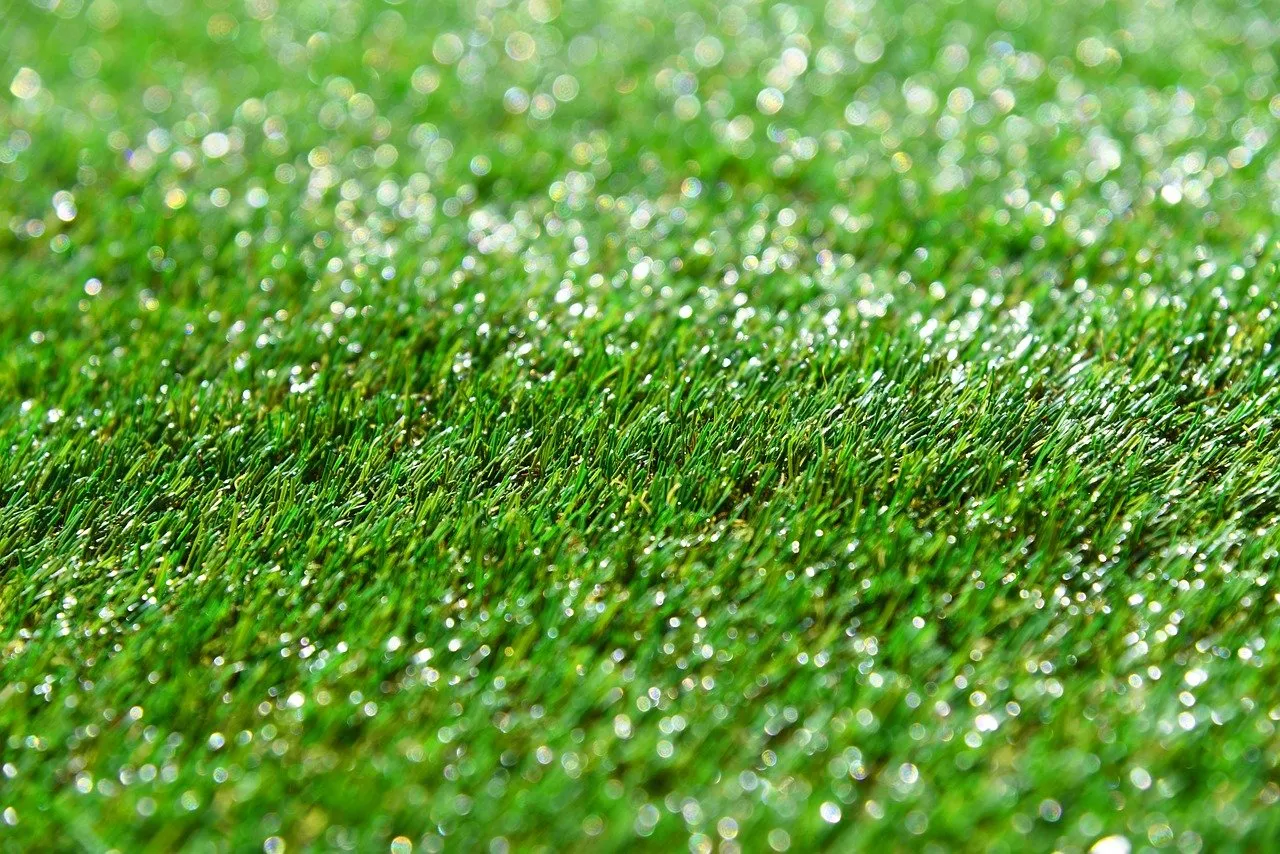
There are two options that you can choose from when it comes to the type of grass available: natural grass and artificial grass. Natural grass refers to natural turf species used for ground construction such as Kikuyu, couch, and ryegrass. On the other hand, synthetic turf is an artificial surface or grass used in several ways, such as sports ground construction. It includes unfilled, filled, and water-based surfaces.
Synthetic turf was first invented in the middle of the 1960s in the United States of America. It initially came into existence in the marketplace to replace natural grass that became difficult to grow and cultivate in an indoor stadium. The Houston Astrodome was the first enclosed stadium with a synthetic turf field in the world.
Choosing between these available options mostly depends on practical factors such as initial and ongoing costs, required amount of maintenance, personal aesthetic, and sustainability preferences, among many others. To help with the decision-making process on what is the most suitable option, here are some of the differences between artificial and natural grass.
Total Cost of Ownership
For natural grass, it is easy to plant seeds at a greater expense. There are also ongoing expenses in the maintenance of the lawn, such as equipment and supplies to mow, trim, weed, feed, and re-seed. It takes some time and money to introduce natural grass to a lawn or a commercial space and maintain its appearance in the long run.
In contrast, installing synthetic grass can cost more than a seeded or sod lawn or surface. When it comes to the maintenance of synthetic grass in Melbourne, there is little to no expense to worry about over the life of the turf. With those savings, an artificial turf pays for itself in a relatively short amount of time. Artificial grass that synthetic grass suppliers supply will typically outlast the repayment period in the long run, and the savings will never expire. Suppliers offer several financing options for those who prefer to spread the initial cost of artificial grass over several months.
Care and Maintenance Requirements
One of the significant differences between natural grass and synthetic grass is the type of maintenance and the required level of care.
Natural grass typically requires you to invest more time in taking care and maintaining it. Apart from financial resources, natural grass also requires human efforts to take care of it properly. If you want your lawn’s natural grass to look good, there is a constant need to brush the blades of the grass and keep them upright. It would help to consider the different aspects required for the overall care of the natural grass, including watering, fertilizing, and weed control. You may even want help from professionals to do all the work in taking care of natural grass.
In contrast, artificial grass requires minimal care and maintenance, which typically involves watering and brushing. Rinsing synthetic grass removes dust and potential odors from pet waste. Brushing or raking the grass blades helps to keep the grass upright and fluffy. Caring and maintaining artificial grass also involves picking up, raking, or blowing away any fallen leaves or other organic clutter just a few times in a year, which is as simple as it gets.
Water Usage
Nobody anywhere wants a high water bill. However, with natural grass, there is simply no way around it. A lot of surfaces with natural grass will typically need around 150,000 gallons of water every year. Having much water required to maintain natural grass can be a disadvantage, especially if you think about the cost of its water usage in the long run.
On the other hand, artificial grass will not require a large amount of water at all. The only water that would be regularly needed to maintain it is rinsing the grass as a potty zone or area for pets.
Environmental Impact
The environmental impact of laying synthetic grass or natural grass is another significant aspect to look out for. After all, the environment is valuable in our quality of life and overall health. Both types of grass have their impact that can hurt and help the environment in their own ways.
Natural grass has several benefits for our environment because it is a living organism that contributes to the ecosystem in producing and supplying oxygen, filtering pollution, and absorbing heat. Alongside these various benefits, natural grass has some negative impacts as well. Real grass is typically sprayed with pesticides that can move with the runoff water and contaminate our water systems.
In contrast, synthetic grass is great for the environment as it saves a significant amount of water, one of the necessary natural resources that we use to survive. However, some of the cons of artificial grass are its contribution to pollution in its manufacturing process and that it is not biodegradable.
Aesthetics
Aesthetics is another significant aspect to consider when it comes to deciding between natural grass and synthetic grass. Many people want to have a nice living area. Some even think that the grass in a yard serves as the first impression to any guest that comes.
If you prefer grass that looks perfect, you can opt for artificial or synthetic turf. It will always be the same height, colour, and texture regardless of the kind of weather outside.
However, when it comes to natural grass, there are variations in light and moisture, seasonal issues, pet challenges, and general wear and tear, which can cause the grass to appear mottled instead of richly green. It can even appear yellow or dead in some spots as it grows. The only way to preserve its appearance is through constant mowing. It is a choice you can consider if you prefer to take some time to take care of and maintain the grass. Some people even take up mowing the grass as a hobby where they can focus their time.
What’s your preference?
Natural grass and synthetic or artificial grass are viable options that you can choose from. You can weigh its pros and cons to determine what is the right choice for you. Typically, the decisions mostly depend on one’s preferences and available financial resources.
For premium synthetic grass solutions, you can always choose Easy Turf. We offer quality life-like turf suited to Australia’s harsh climate conditions and provide quality artificial grass installation for commercial, sporting, and residential landscapes. You can contact us at 1300 475 498 or 1300 475 498. You can also visit our website at www.easyturf.com.au to learn more about our products and services.


